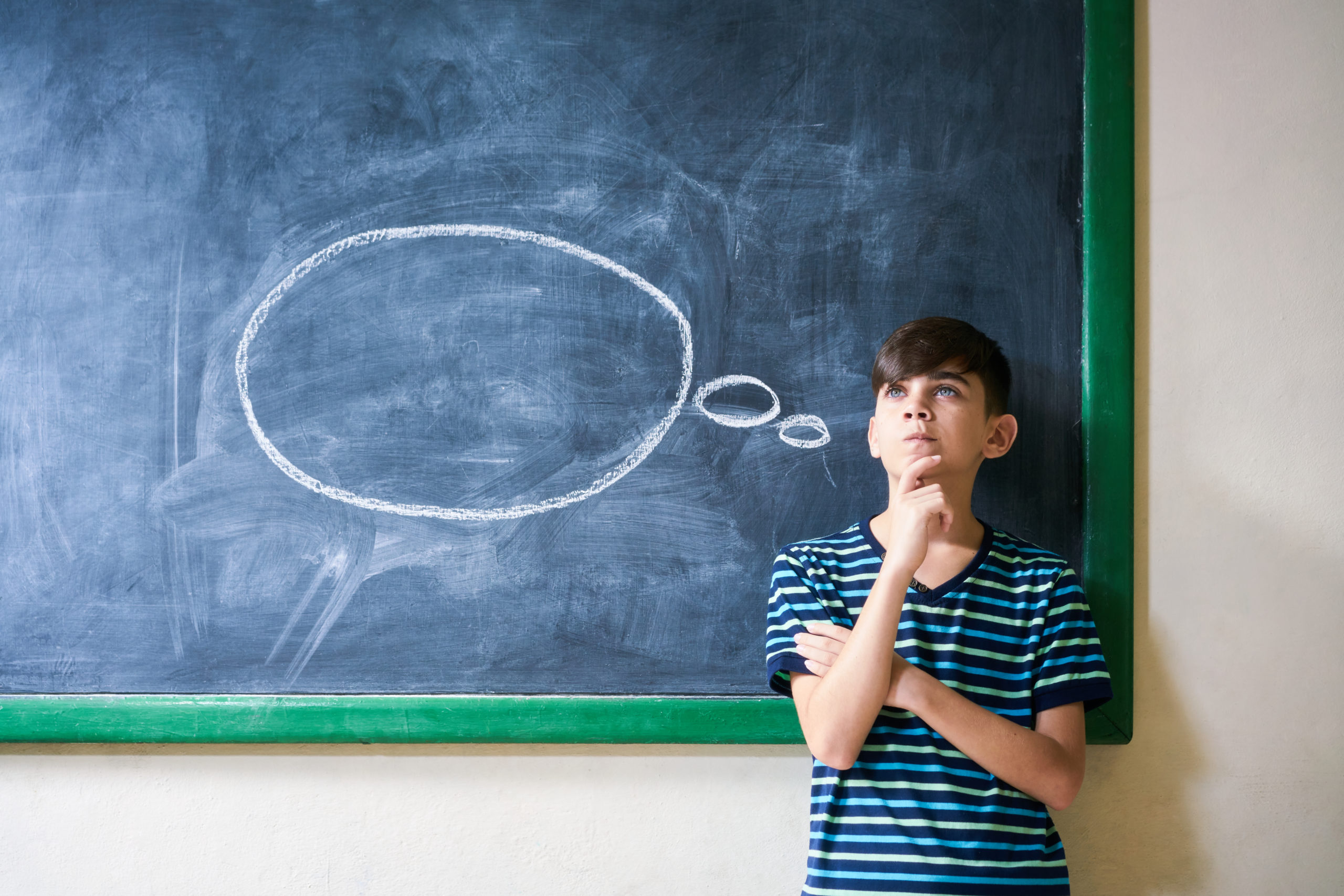“You Yanks don’t know how to slow down and take it all in, and you end up getting your knickers in a wad over many things.” Giles, a musician we encountered on our summer vacation made this comment. I laughed, grudgingly agreed, and then really started thinking about it. Our trip was a celebration of our youngest’s high school graduation and, personally, I was feeling pretty good. My husband and I have successfully raised three lovely, kind, and independent humans. The comment really struck a chord with me professionally because I’ve been feeling overwhelmed. I realized while I was in the library every day, that it had been a very long time since I slowed down and looked around, taking it all in.
As a middle school librarian, I strive to keep up with the technology that my students need and are using, as well as anything that they might find interesting to explore in the library space. I spend countless hours trying to come up with interesting ways to teach media literacy because our kids need this kind of practice. We’re inundated with information 24/7 and it’s overwhelming. How do I impress upon my students how important it is to be able to proficiently and safely navigate all this information? There’s just so much to point out, to practice, to teach, to assess…it’s a constant loop, and I feel like I’m constantly coming up short. When viewed from this perspective, it’s easy to see why slowing down doesn’t seem like a viable option.
It IS too much, and trying to cover everything as an educator is something akin to being a “helicopter parent” – it’s annoying, frustrating, and not at all productive. It’s impossible for educators to know it all, so how can we expect to teach it all? We can’t. We’re rushing, and in doing that we’re micro-managing students and depriving them of the ability to just look around and wonder. It’s time to go back to the basics – simply slowing down. To me, in the library, simplicity equates to good questioning. Does it get more basic or simple than asking a question? I believe it’s the single best learning technique there is. So why don’t we do it more often, and encourage it more often? My best guess is that we don’t feel we have the time to allow things like that; unfortunately, testing keeps us pretty much locked into a schedule. During my trip, I realized that I must make the time this year in our library.
How am I going to do that? Great question…the honest answer is that I’m not completely sure. But I do know that I need to give the students some time to just be. Slowing down forces us to take notice, wonder about things, and eventually ask good, stimulating questions. I believe good questions will spark reflection, discussion, debate, diversity, and curiosity, among other things. All of which – to me – equals learning. The kind of learning that needs to occur in today’s society. Students will have to be able to wade through the vast amount of information and opinions, and they need to do it on their own (with guidance, of course). I think I’ll start “simply” – with things like interesting pictures, videos, short podcasts, songs, quotes, headlines, and advertisements. We all know there’s no shortage of resources to pull from for these things, but there are a few that I really enjoy:
- I’m on a mailing list for great ideas from Ian Byrd, a former middle school teacher. One of his resources is “Puzzlements,” an email I get every Friday with 5 or so interesting links to get students thinking. Here are a few examples to play/show at the beginning of class: Ice in the Slovakian Mountains, Peacock Feathers Under a Microscope, X-ray Photos of Flowers, and Building a Bridge.
- Mathematically Correct Breakfast
- Interesting pictures and videos can be found all over the internet, of course, but eMediaVA has tons of curated ones for all ages and content areas. Just give students a little extra time to wonder and question before the lesson. For example, explore Murals of the Holocaust, Nat Geo Archived Images, Anasazi Cliff Dwellings, a WWII “Victory is in Your Hands” Poster, Man vs. Nature Dust Bowl Images, or a piece of art commenting on Population and Commerce in the Ottoman Empire.
- Thought-provoking images can spark some interesting questions and reflections, like an image of a menorah in front of a Nazi Germany flag in this New York Times article or an image of burning ivory tusks in Kenya in 2016.
In anticipation of the new school year, I intend to slow myself down and observe. I’m going to not only find pictures of interesting things but also take my own to share. I’m going to listen to the conversations going on around me, and use them as jumping-off points for discussion. I’m going to walk slowly and purposefully around the library and figure out where to put cool things that encourage exploration. Thanks to Giles, I’m going to try to smooth out my knickers and spend less time hovering over students. I’m going to fill the library – and my lessons – with opportunities to ask good questions; I owe it to my students to stand back and give them a chance to grow. When they ask me why, I’m going to say, “Why not?”
Tammy Byram is a librarian in Spotsylvania County Public Schools and an eMediaVA Ambassador.
